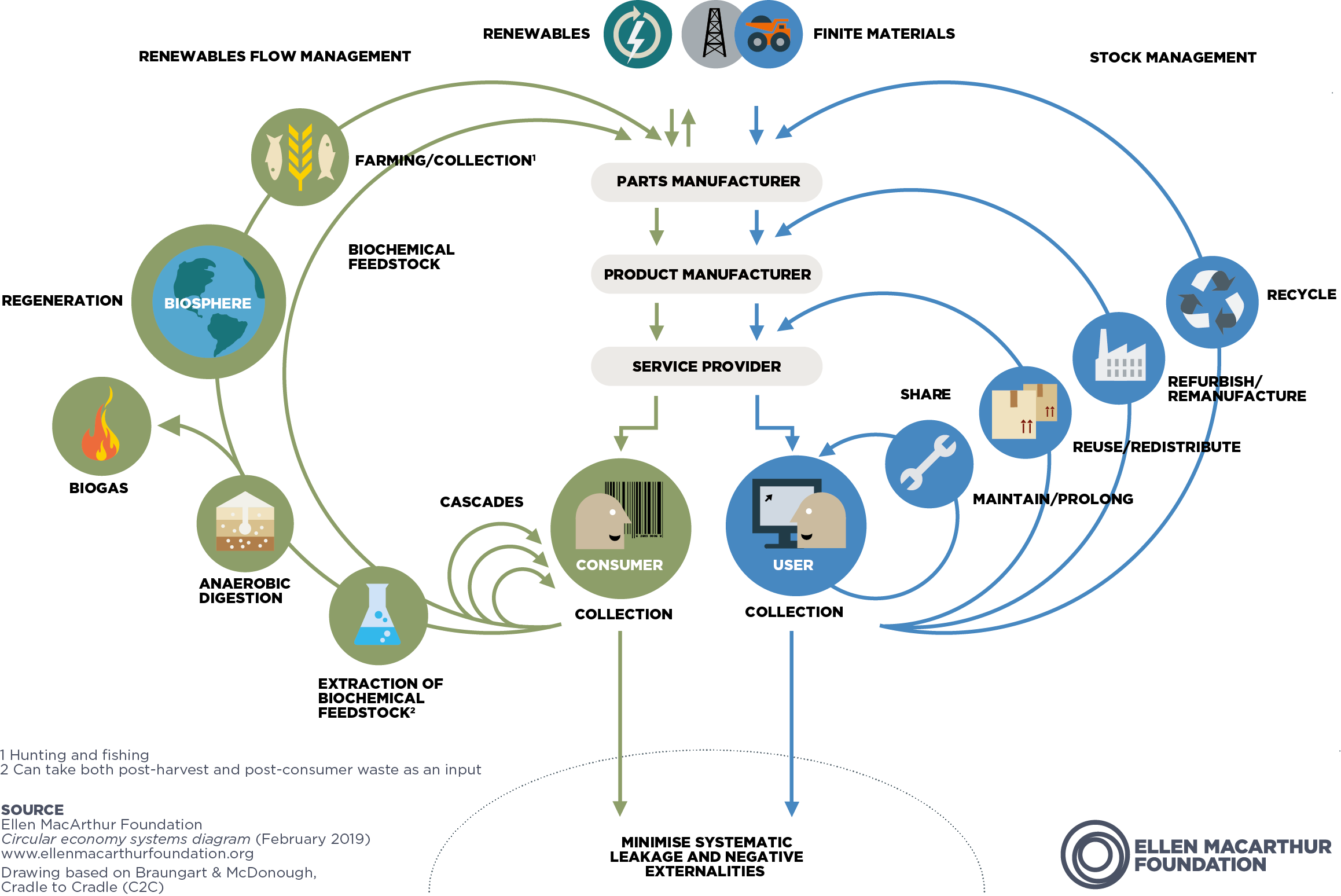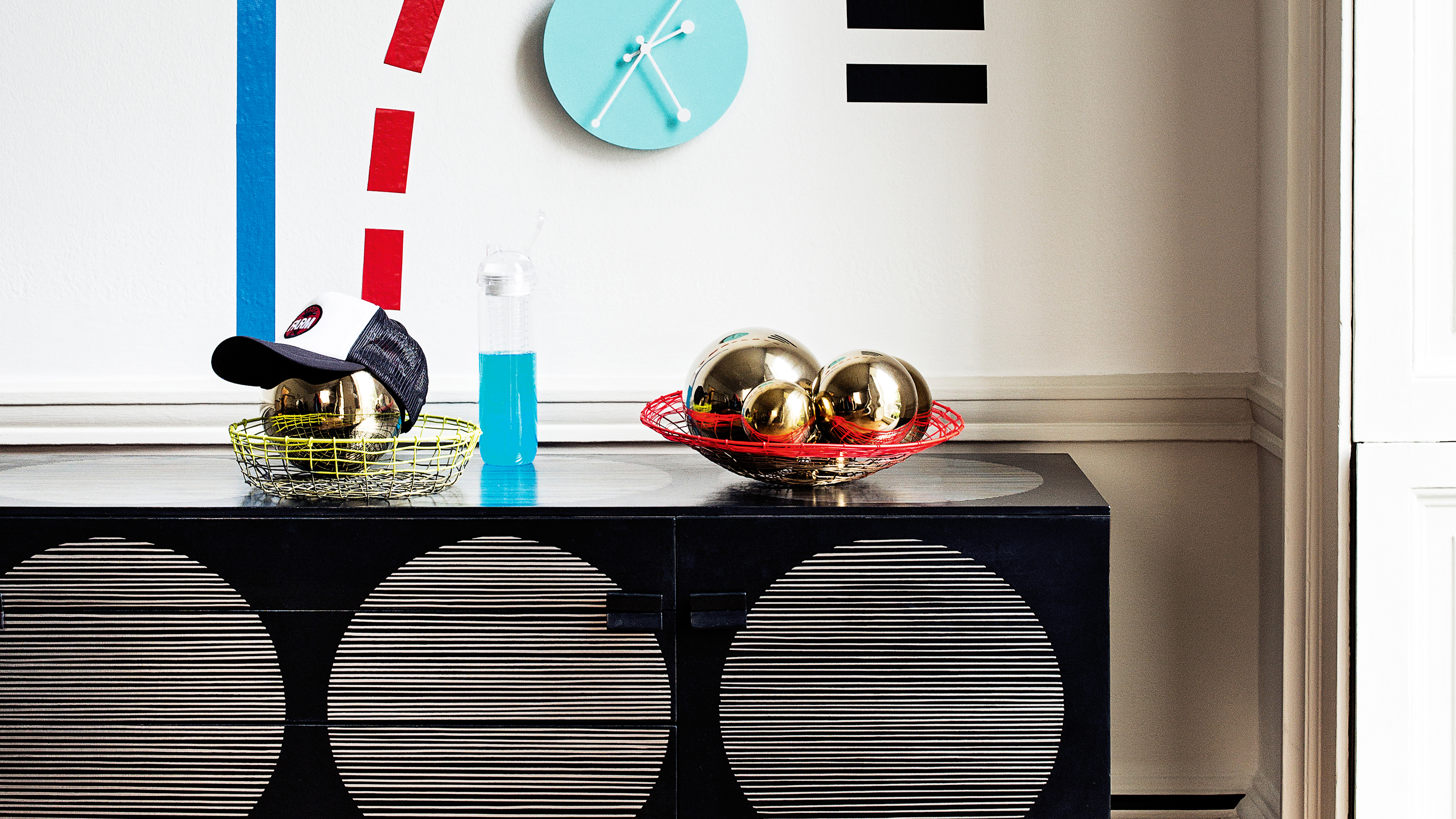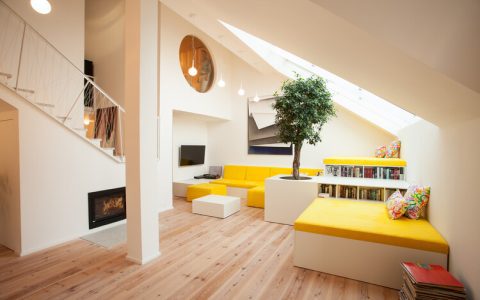Circular architecture, fundamentally rethinking resource flows to create closed-loop, regenerative systems, is no longer a niche concept but a strategic necessity. It moves far beyond simple recycling to design products, services, and experiences that eliminate waste and pollution at the source, keep materials in perpetual use, and regenerate natural systems. Here’s why its adoption is critical and the core benefits designers must leverage:
Strategic Imperatives Driving Adoption
Sustainability & Resilience: Facing finite resources and mounting waste pressures, circularity decouples growth from resource extraction. Designing for disassembly, reuse, remanufacturing, and biological cycling builds inherent resilience against supply chain disruptions and resource scarcity.
Regulatory & Market Pressure: Governments worldwide are implementing Extended Producer Responsibility (EPR) schemes and stricter environmental regulations. Simultaneously, consumers increasingly demand genuinely sustainable products, forcing businesses to rethink linear models.

Economic Opportunity: Circular strategies unlock significant value by retaining material value longer, reducing costs associated with virgin materials, waste management, and compliance. New revenue streams emerge through services like repair, refurbishment, and product-as-a-service models.
Key Benefits Every Designer Must Deliver
Waste Elimination & Pollution Prevention: Circular design fundamentally aims to design waste and harmful substances out of the system.
- Design for Disassembly (DfD): Products are designed from the start with fasteners, joints, and materials that enable easy separation at end-of-life.
- Material Health & Selection: Choosing safe, pure, recyclable, or biodegradable materials ensures components can cycle safely through technical or biological loops.
Resource Efficiency & Value Retention: Maximizes utility and value throughout a product's lifecycle.
- Durability & Longevity: Creating products that last significantly longer reduces replacement frequency and overall resource consumption.
- Modularity & Upgradability: Designing modular components allows for easy repair, replacement, and upgrades, extending the core product lifespan.
- Resource Recovery: Designing for efficient recovery of materials (e.g., recycled content, remanufactured parts) reduces reliance on virgin resources.
Enhanced User Experience & Relationships: Circular design fosters deeper connections and value.
- Service-Based Models: Shifting focus from selling products to leasing or offering services incentivizes manufacturers to design for longevity, maintenance, and take-back.
- Repairability & Maintainability: Empowering users to repair products builds trust and brand loyalty.
- Transparency & Storytelling: Communicating material origins and circular pathways enhances brand perception and user engagement.
Innovation & Competitive Advantage: Designing circularly demands creativity.

- New Materials & Processes: Fuels innovation in bio-based materials, advanced recycling technologies, and reversible assembly methods.
- Business Model Innovation: Forces rethinking value chains, leading to disruptive offerings like product-service systems or peer-to-peer sharing platforms.
- Future-Proofing: Positions brands and products favorably in an increasingly resource-constrained and regulated world.
Mastering circular architecture is no longer optional for designers; it's a core competency shaping the future of ethical, sustainable, and successful design. It requires a systemic shift in mindset and tools, ultimately creating systems that benefit business, users, and the planet.






